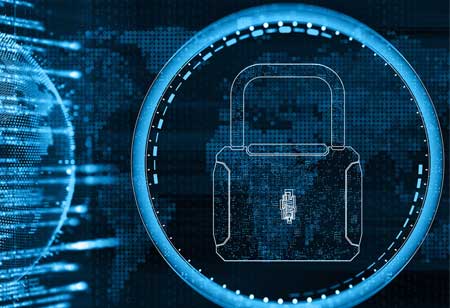THANK YOU FOR SUBSCRIBING
Be first to read the latest tech news, Industry Leader's Insights, and CIO interviews of medium and large enterprises exclusively from Gov CIO Outlook
THANK YOU FOR SUBSCRIBING

By
Government CIO Outlook | Monday, March 29, 2021
Stay ahead of the industry with exclusive feature stories on the top companies, expert insights and the latest news delivered straight to your inbox. Subscribe today.
Coupling consistent messaging to employees, access and authentication practices, auditing and behavioral biometrics provides a strong cybersecurity defence and will be fundamental to a passwordless future.
FREMONT, CA: There is a rise in cybercriminal activity during the COVID-19 as more people become reliant on digital infrastructure. Federal agencies are becoming vulnerable than ever as the systems offering citizens services and holding their data become the target for attack. Stolen passwords are still one of the easiest ways for malicious actors to access a government system. Stolen credentials are more complex to flag as a threat and can enable an unauthorized user to access a system unidentified for a longer amount of time. Stolen credentials are particularly harmful when they offer access to privileged accounts that deliver access to a firm’s most sensitive data.
Realizing the gaps produced by passwords, several organizations are considering alternate options, and the concept of a passwordless future is starting to seem like the best choice for dependable security. Best practices that will provide better guard agencies in a world that relies on passwords can be vital steps regardless of how identities are secured. First, agencies must offer strong, consistent messaging and training on identity management, ensuring all employees realize the value of their identities – and the risk of not securing them.
Second, agencies should re-evaluate the level of access and authentication needed for all their users and administrators. Access should only be offered to those who need it when they require it. Any additional users or additional levels of access that are no longer needed should be audited and removed. That way, agencies can balance the level of enterprise risk they are taking regarding access and authentication. Privileged access management platforms can automate the auditing process and improve visibility for system administrators. These solutions can flag when passwords are altered, notice any harmful commands, notify unusual user behavior and many more. PAM solutions can often be vital to deciding the root cause of a breach during or after it happens.
See Also :- Top CyberSecurity Companies
I agree We use cookies on this website to enhance your user experience. By clicking any link on this page you are giving your consent for us to set cookies. More info

However, if you would like to share the information in this article, you may use the link below:
www.govciooutlookapac.com/news/know-more-about-passwordless-future--nid-1273.html



